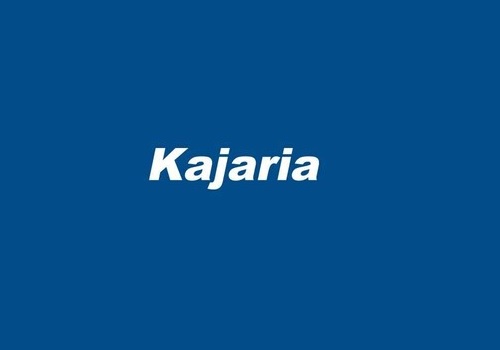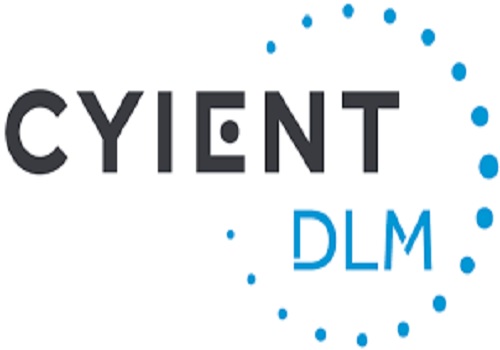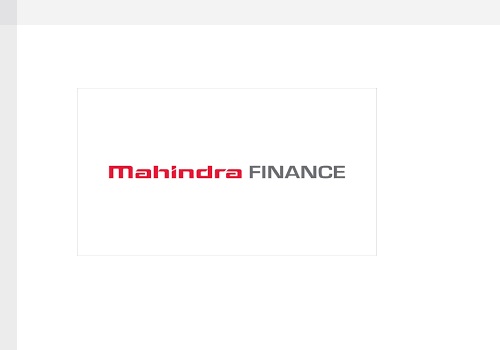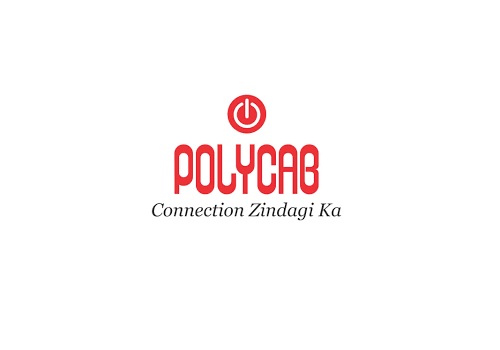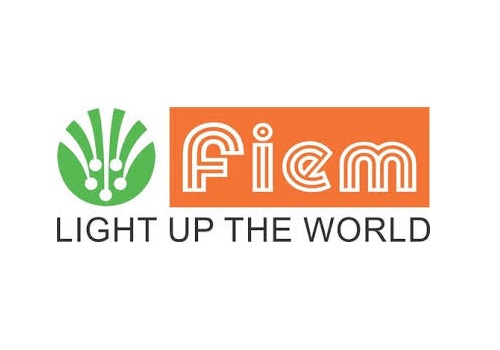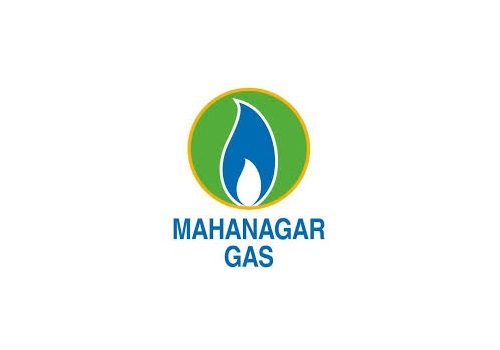Buy Nexus Select Trust Ltd For Target Rs. 160 By JM Financial Services
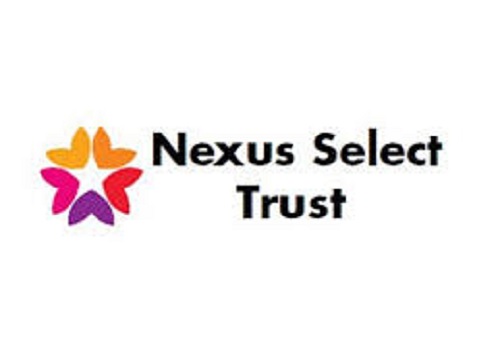
Growth story on track
With similar levels of consumption (tenant sales), Nexus has outperformed Phoenix on samestore consumption growth in FY24 (13% for Nexus and 8% for Phoenix). However, it has underperformed relative to its closest peer (Phoenix) as growth appears limted in the absence of a development pipeline. We believe Nexus can easily achieve accretive NOI growth of 15%+ p.a. in the next 3-4 years through third-party acquisitions. It is on the verge of acquiring a portfolio of 3 Grade-A retail assets in southern India with a cumulative area of 1msf. We have presented the case of Capitaland India Trust (Singapore listed), where the portfolio has grown ~2.0x in the last 8 years, largely through non-sponsor acquisitions, done across various asset classes. As growth rates of the two companies converge, the valuation differential will also narrow over time. We maintain a positive outlook on the future performance of Nexus Select Trust (NXST). Our optimism is driven by several factors including a favourable demand environment, a commendable FY24 performance and a promising pipeline of value-accretive acquisitions. We reiterate our BUY rating on Nexus and rollover to a Sep’25 TP of INR 160.
* Grade-A retail assets compare favourably against similar office assets : Retail leasing across Tier 1 cities in 1QCY24 stood at 1.2msf (down 23% YoY; down 44% QoQ) as leasing activity witnessed a slowdown due to negligible new supply (Source: CBRE). According to the latest CBRE’s Asia Pacific Leasing Sentiment Survey, c. 82% of the retailers are looking to establish new stores, expand operations or upgrade their existing stores. With limited Grade-A supply, rental rates are expected to continue their upward trajectory. Additionally, with a differentiated positioning and superior asset management, mall owners can achieve substantially higher rental growth (10-14%) as compared to office assets, where lease escalations are built in at c.5% p.a. (refer to Exhibit 1&2 for an illustration of the minimum guarantee rentals for a typical retail outlet).
* Proxy to domestic consumption, but at cheaper valuations: With similar levels of consumption (tenant sales), Nexus has outperformed Phoenix on same-store consumption growth in FY24. (13% for Nexus and 8% for Phoenix, Exhibit 4). However, Nexus is operating at stabilised occupancy levels vs. Phoenix, which has commissioned two large assets in FY24. The ramp-up in occupancy levels combined with other new assets in the retail and office segment will help PHNX grow its profits by 25% CAGR over FY24-FY27E vs. Nexus’s PAT growth of 12% in the same period. Since listing, Nexus has underperformed relative to Phoenix due to (1) clear preference of investors for growth over yield (2) well-defined strategy of Phoenix to re-deploy the cash generated in the business to create marquee assets (helped by tie-ups with GIC and CPPIB) and (3) Phoenix’s strong execution track record. We highlight that the contribution of the retail segment to Phoenix’s bottom line (currently at c.60%) will reduce even further when its office portfolio scales up faster. We believe Nexus can easily achieve NOI growth of 15%+ in the next 3-4 years through acquisitions. As the growth rates converge between the two companies, the valuation differential will also narrow over time
* Aiming to double Retail NOI by FY30E, through acquisitions: The management of Nexus aims to double the retail NOI by FY30E through third party acquisitions and forward purchase transactions, given the restrictions imposed by Indian REIT regulations on portfolio composition. NXST prefers an acquisitive-led model, thereby avoiding development risks and has the potential to grow faster. We have illustrated the financial impact on NOI and NDCF for a typical representative deal (1msf, INR 90psf rentals, 8% cap rate; Exhibit 5 & 6). We estimate that a 1msf acquisition (if done at the right valuations - 8% cap rate), can be NDCF accretive in 9-12 months. In Exhibit 7, we have also presented the case of Capitaland India Trust (Singapore listed), where the portfolio has grown ~2.0x in the last 8 years, largely through non-sponsor acquisitions, done across various asset classes. We would also like to highlight the acquisition of BlueRidge Phase II by the Trust (Exhibit 8), wherein we estimate that the equity value has grown at c.13% vs. a rental growth of c4% since the acquisition of the asset by the Trust. The acquisition was structured as a forward purchase transaction and acquired from a third party. In India, office REITs depend considerably on the Sponsor group for growth assets through the ROFO arrangement and, hence, there is limited history on performance of third party acquisitions done by the REITs. For Nexus, we expect that inorganic growth can help address the growth differential, which should also progressively reduce the valuation gap.
* Maintain BUY with a Sep’25 TP of INR 160: We maintain a positive outlook on the future performance of Nexus Select Trust (NXST). Our optimism is driven by several factors including a favourable demand environment, a commendable FY24 performance and a promising pipeline of value-accretive acquisitions. We reiterate BUY and rollover to a Sep’25 TP of INR 160.
Please refer disclaimer at https://www.jmfl.com/disclaimer
SEBI Registration Number is INM000010361

















